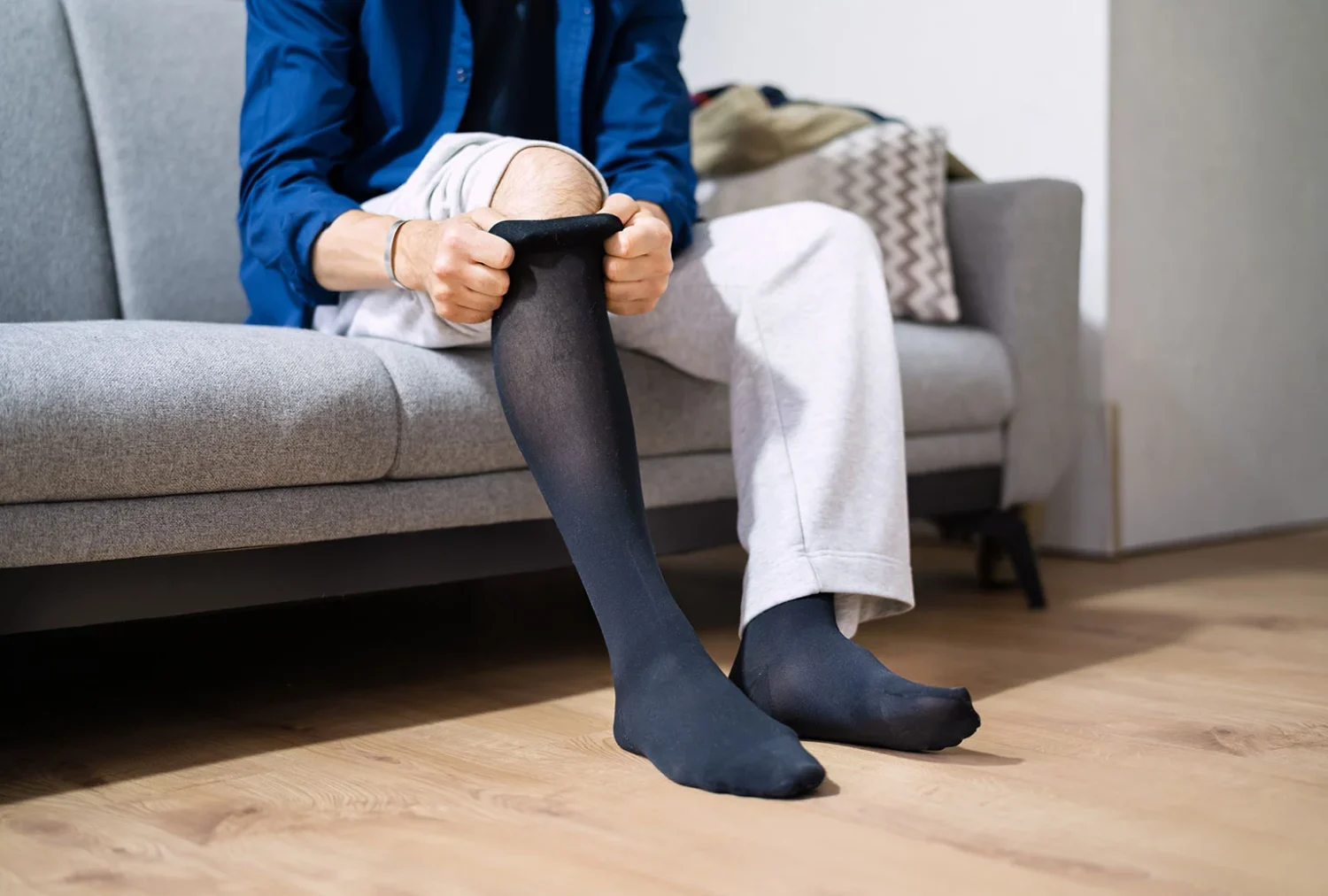Heavy feet, discomfort, and swollen ankles – are you experiencing this problem? If yes, you likely have edema. Edema is a medical condition that develops when tiny blood vessels called the body’s capillaries release fluid. This liquid seeps into the tissue nearby and absorbs it, resulting in swelling and pain. Numerous factors might contribute to this leakage, but the capillaries are most commonly irritated by exertion and standing upright all day.
Edema can be felt in several body areas but most likely affects feet. It is why edema socks or compression socks have been invented so that the symptoms of this condition are reduced to a great degree. Yes, you heard it right! This classic and simplistic innovation can do wonders for your feet by combating several medical problems. But what exactly are edema socks, and how do they function? In this article, we will explore the A-Z of edema socks.
What Are Edema Socks?
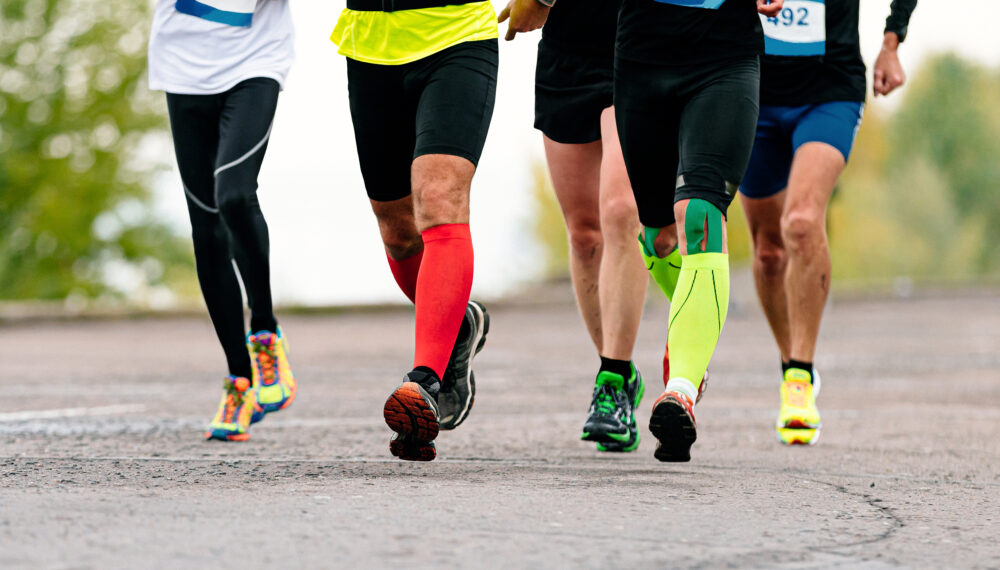
Source: sport.pider.com
Edema socks, commonly called compression socks, are specialist clothing items created to assist in controlling edema. These stockings apply light pressure to the ankles, feet, and legs to improve circulation and lessen edema.
The socks are made more restrictive at the ankles and progressively become more flexible as they go up the leg. The compression keeps blood and fluid from collecting in the lower part of the body. They come in various styles, compression strengths, and sizes to meet individual demands.
What Are The Types Of Edema Socks?
Most pharmacies and several internet businesses sell compression socks. You might require a doctor’s prescription for the best results, depending on the sort of edema sock that is best for you. Compression stockings typically come in three different categories based on their design and compression levels:
-
Graduated Compression Stockings
With these stockings, the compression is most significant at the ankle and is progressively less intense as it moves up toward the knee. Your doctor could suggest this if you suffer from orthostatic hypotension or peripheral edema. A doctor’s prescription and expert fitting is often necessary for graded compression stockings.
-
Anti-Embolism Stockings
These stockings likewise have graded compression that gets progressively less intense as you go up the leg, but they are designed for persons who aren’t very mobile. Anti-embolism stockings can lessen the possibility of deep vein thrombosis and blood clots. Anti-embolism stockings often need a doctor’s prescription and expert fitting. Overall, these types have a mild effect. They provide consistency so that it increases blood flow and lowers clot formation.
-
Non-Medical Support History
Most pharmacies carry this style of compression stocking, which doesn’t need a prescription. Support hosiery helps ease sore and aching legs by delivering the same degree of compression throughout the stocking. In addition, such types of compression socks can be worn for other medical conditions, such as diabetes and lymphedema.
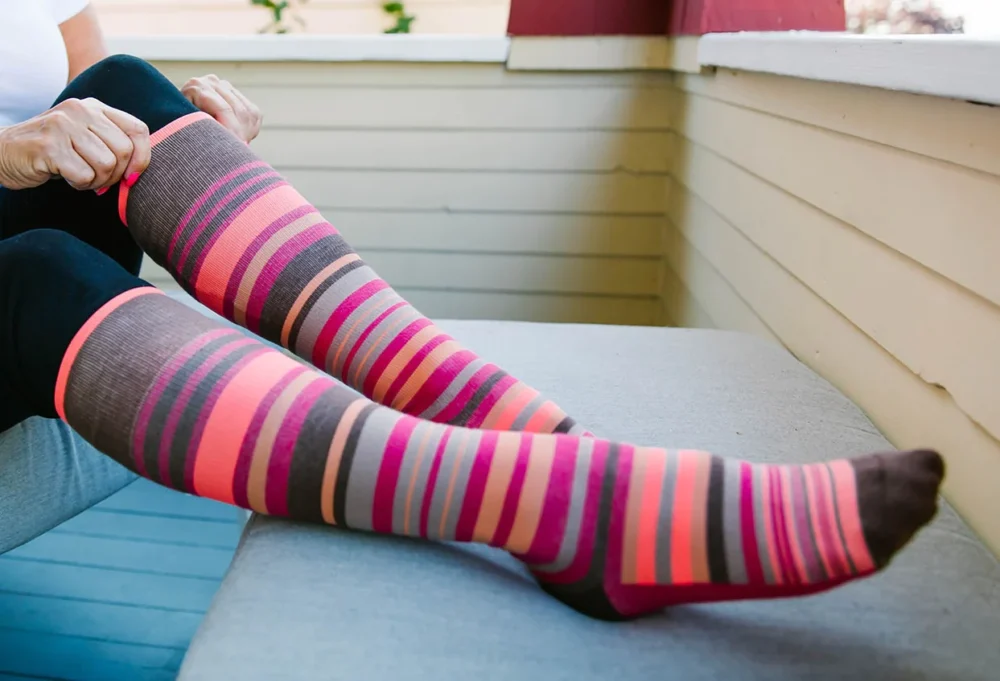
Source: drsegals.com
Who Can Benefit from Wearing Edema Socks?
Edema stockings are beneficial for several medical conditions. Here is a list of those who could profit from donning edema socks:
-
People with Edema
As discussed above, Edema socks can be helpful for people with edema for various causes, including retention of fluids, pregnancy, obesity, or certain medical disorders. The socks’ compression function aids in improved fluid evacuation and reduced edema. Pregnant women can also use these socks as a preventive strategy for edema.
-
Varicose Veins Or Venous Insufficiency
Edema socks are frequently suggested for those with varicose veins or vascular insufficiency. These disorders develop when the vein’s valves are compromised, which causes blood to pool and swell. The socks can aid with symptom relief and venous circulation improvement.
-
Post Injury Or Surgery
People may experience swelling in the afflicted region after having surgery or suffering an injury. Edema socks can help with post-operative swelling management and healing during healing.
-
Prolonged Standing Or Sitting
Office employees, frequent travelers, or healthcare workers may have leg edema if they spend much time sitting or standing. Edema socks can help to lessen the pain and fluid retention brought on by extended immobility.
-
Athletes And Active Individuals
Compression socks are favored by athletes and those who lead active lives. They can increase circulation when exercising and help with muscle recovery and weariness.
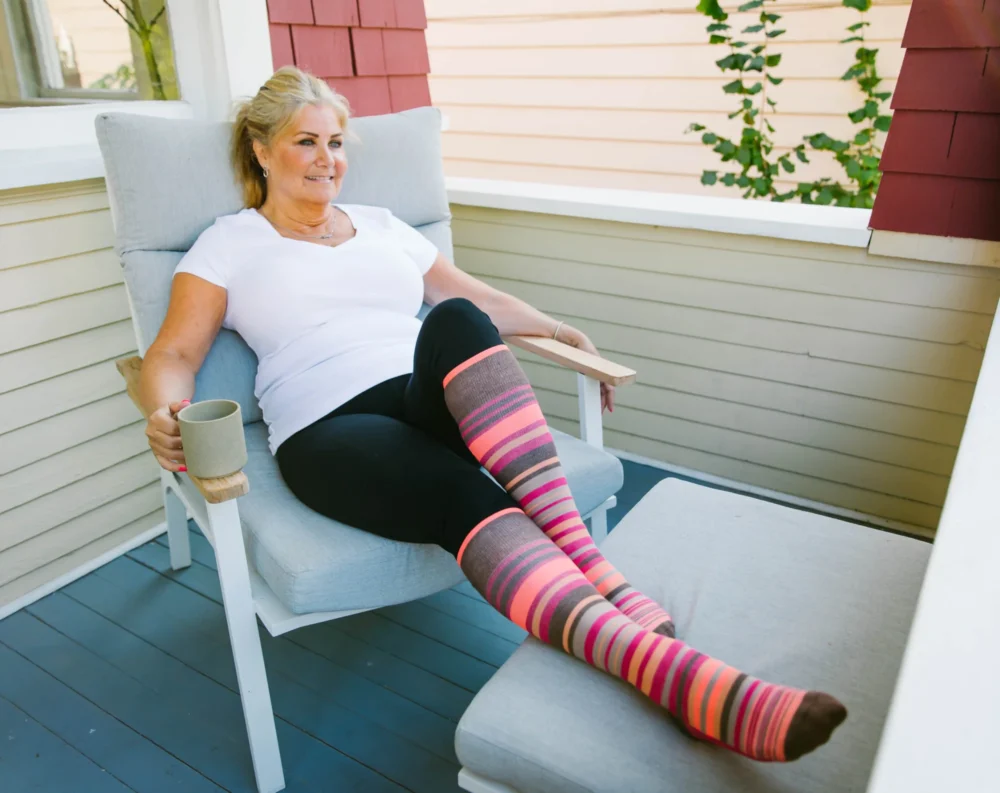
Source: drsegals.ca
Guide To Wearing Edema Socks
Edema socks must be worn appropriately to maintain efficacy and optimize their advantages. Here are some recommendations for edema socks:
-
Pick The Right Size
The right size must be chosen to provide a suitable fit for edema socks. Use the manufacturer’s sizing chart to find the correct size by measuring the length and circumference of your legs. Uncomfortably loose socks may not offer the appropriate compression or may be uncomfortable.
-
Use In The Morning
Since swelling is often at its lowest in the morning, it is advised to wear edema socks then. It makes it simpler to slip them on and guarantees consistent compression all day.
-
Raise Legs Before Wearing
Raise your legs for a few minutes before donning the socks to minimize swelling. You may accomplish this by sitting with your legs on a stool or cushion.
-
Wear On Dry Skin
Before wearing edema socks, ensure your legs are dry and clean. Avoid using moisturizers, oils, or lotions since these may make it harder for the socks to remain in place or compromise their ability to provide compression.
-
Smooth Wrinkles
After pulling the socks up, smooth out any creases or folds to ensure the compression is evenly distributed throughout the leg. Wrinkles may bring on pressure points or pain.
-
Avoid Rolling
Ensure that the upper band of the socks doesn’t roll down or fold over by watching out for this. Rolling down may impede blood flow and be uncomfortable. A different size or style of sock may be required if they roll easily.
-
Wear As Prescribed
Pay attention to the directions given by your doctor or the product’s maker on the suggested amount of time to wear. For example, edema socks may be necessary for some people to wear all day long. In contrast, others may need to wear them for certain activities or extended periods of sitting or standing.
-
Monitor Discomfort
Edema socks should not hurt, itch, or feel uncomfortable. However, it’s natural to feel snug and compressive when wearing them. Remove the socks and speak with your doctor if you have any pain, redness, or swelling.
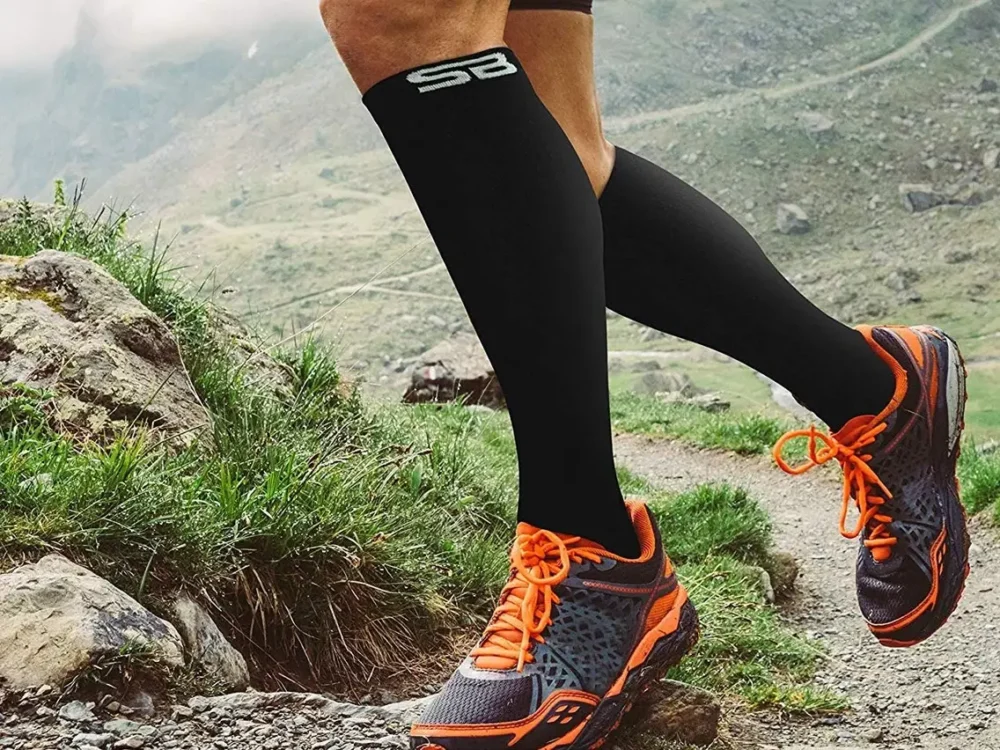
Source: insider.com
Conclusion
A practical method for reducing leg edema and enhancing leg health is to use compression socks. These customized socks strengthen blood flow, reduce edema, and offer several advantages, including easing pain, avoiding blood clots, and providing support during physical activity. They do this by applying progressive pressure.
A healthcare practitioner should be consulted while choosing compression socks to establish the right amount of compression, size, and style for specific requirements. People can successfully control leg edema and improve overall leg health by adopting compression socks into daily practice under professional direction.


